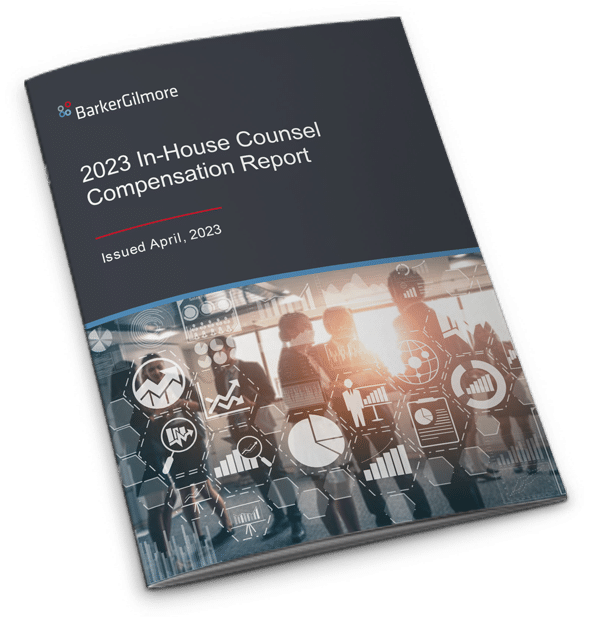Whether You’re Hiring from Within or Outside, Preparation Is the Differentiator
Finding a GC can mean many months of upheaval in order to identify an attorney with the right experience, credentials and cultural fit. Despite the risk of being without a GC, and despite the fact that GCs move around much more than in the past, a NYSE/BarkerGilmore survey found that only about 40 percent of companies have a formal GC succession plan in place.
If you’re launching a General Counsel executive search, consider these recommendations for incorporating succession planning into your organization. In a recent blog post, we covered the first four recommendations (identify and develop successor candidates; engage all key stakeholders; outline the process and timeline; and make succession planning part of your strategic plan).
1. Clearly define the role of your GC
While some attributes must align with specific business objectives and requirements, most successful GCs share core competencies and characteristics. Beyond required legal and compliance expertise, look for someone who:
- Can remain calm in crisis situations
- Has a track record of successfully managing in-house and outside lawyers
- Has global business acumen
- Can act as an objective adviser to your CEO and board
- Is experienced in business strategy and risk analysis
- Is willing to ask tough or sensitive questions
- Will provide continuity during executive transitions
- Has experience in talent management, development and recruiting
- Is a proficient communicator with internal and external constituents
2. Benchmark internal candidates against external talent
Even if you have a strong internal candidate, you need to evaluate that individual against external contenders to ensure the best possible choice. The NYSE/BarkerGilmore survey found that 90% of CEOs and board members agree on the need for benchmarking internal vs. external candidates. Benchmarking is also a way to define compensation parameters to be sure that your package is competitive and appropriate.
3. Develop a rigorous assessment process
Your process may include interviews, references and the use of various evaluation techniques. Use assessment tools to vet an individual’s leadership style, competencies, personality traits and motivating factors that reveal how they align with your expectations.
Define your interview procedures in advance. Consider choices like whether you will use individual or panel interviews. During the interview ask challenging, layered questions that probe for specifics about how a candidate has handled specific situations that relate to your needs. You may also want to use less formal exchanges and interactions that revel character, interpersonal skills and integrity.
4. Plan for a smooth transition
Once your new GC is selected, the goal is to integrate him or her smoothly and promptly. Start with the executive team, board and outside regulators. Devise a transition plan and calendar well before the new GC comes on board. One essential question is how long your current GC will remain on staff after the successor arrives. Your transition roadmap should include orientation, individual and group meetings with key stakeholders and site tours if appropriate. Transparency and open channels of communication are essential for a successful transition.
If you need expertise in recruiting a GC or developing a succession plan, the legal and compliance experts at BarkerGilmore are ready to assist. Download our guide on Finding Your Next General Counsel.
Connect with a legal recruiting advisor
* indicates required fields




